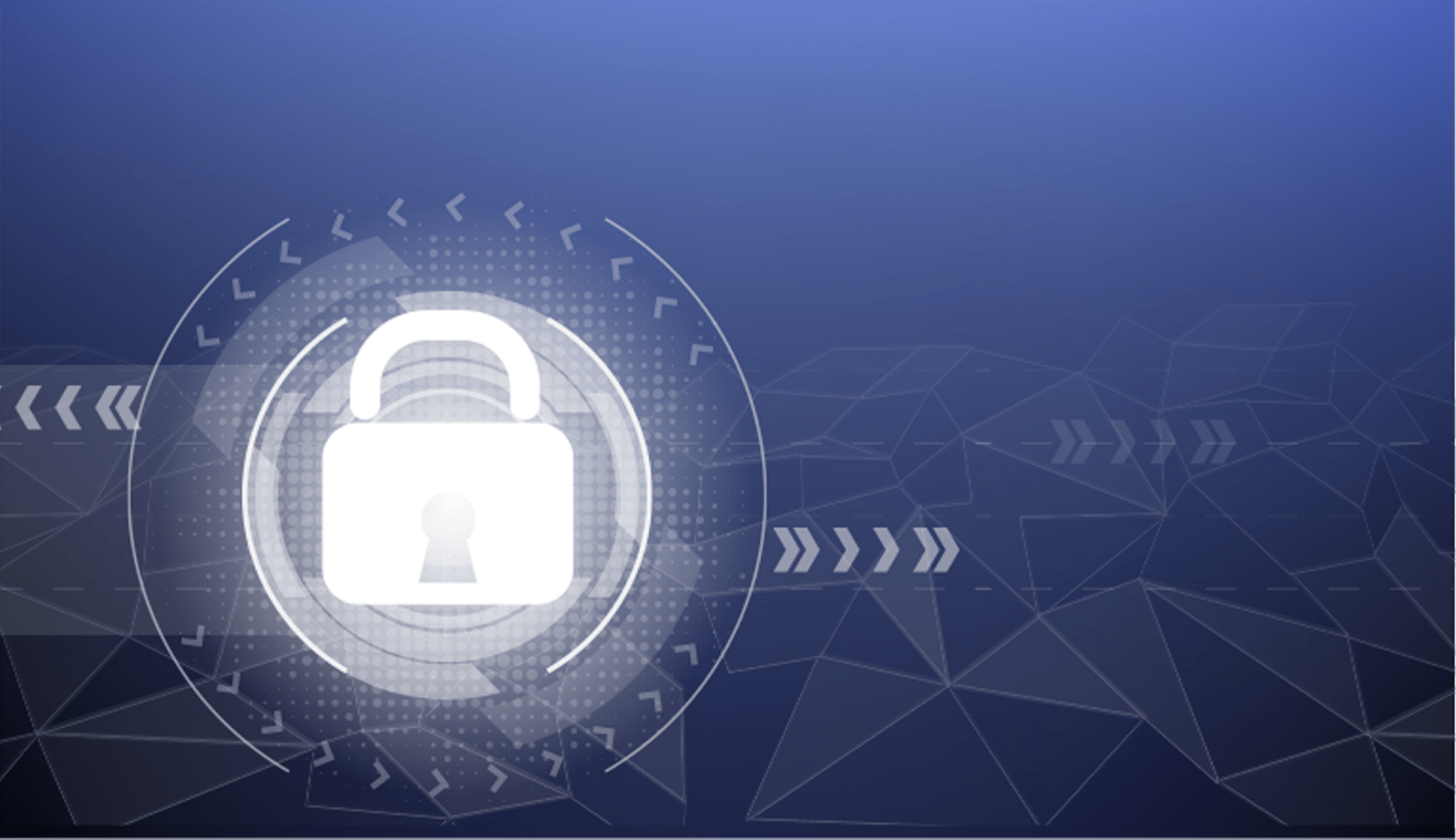In today’s rapidly evolving digital landscape, the threat landscape has become increasingly complex and sophisticated. One of the most concerning threats that businesses face is Advanced Persistent Threats (APTs) malware. APT malware is a type of malicious software that is specifically designed to infiltrate a network or system with the intention of stealing sensitive information, causing disruptions, and even potentially leading to data breaches. This article delves into the world of APT malware, explaining what it is, how it works, and most importantly, why businesses need to prioritize protecting themselves against this formidable threat.
Introduction to APT Malware
APT malware is not your run-of-the-mill malware; it is a highly targeted and persistent form of cyber threat. Unlike conventional malware that spreads quickly and seeks to cause immediate damage, APT malware operates covertly over an extended period. Hackers behind APT attacks are skilled, patient, and determined to achieve their objectives, which can range from stealing intellectual property to espionage.
Understanding How APT Malware Operates
APT malware breaches systems using various techniques, such as spear-phishing, where attackers target specific individuals within an organization with seemingly legitimate emails that carry malicious payloads. Once inside, the malware establishes a foothold, moving laterally across the network, often using encryption to avoid detection. This slow and deliberate approach enables attackers to remain undetected for extended periods, extracting valuable data or wreaking havoc.
The Consequences of APT Attacks
The aftermath of an APT attack can be devastating. Businesses can suffer financial losses due to theft of sensitive information, costly downtime, and damage to their reputation. Data breaches can lead to legal and regulatory repercussions, eroding customer trust and confidence.
Why Your Business is a Potential Target
Businesses of all sizes and industries are potential targets for APT attacks. Hackers are attracted to organizations that possess valuable data, whether it’s proprietary research, customer information, or financial records. Small and medium-sized businesses are often targeted due to their potentially weaker security posture.
Steps to Protect Your Business Against APT Malware
Importance of Employee Training and Awareness
Educating employees about cybersecurity best practices is paramount. Human error is a common entry point for APT malware. Regular training on identifying phishing attempts, proper password management, and safe browsing habits can thwart many potential threats.
Implementing Robust Network Security Measures
Firewalls, intrusion detection systems, and secure network architecture are essential for preventing unauthorized access. Restricting network privileges and segmenting sensitive data can limit an attacker’s lateral movement.
Regular Software Updates and Patch Management
Unpatched software vulnerabilities are a common entry point for APT malware. Regular updates and patch management are crucial to ensuring your systems are fortified against known exploits.
Utilizing Advanced Threat Detection Solutions
Advanced threat detection tools employ machine learning and behavioral analysis to identify suspicious activities that traditional security measures might miss. These solutions can help detect APT malware’s subtle behaviors.
Data Encryption and Secure Communication Practices
Encrypting sensitive data and enforcing secure communication protocols, such as using virtual private networks (VPNs), can prevent unauthorized access to confidential information.
Incident Response and Damage Control Strategies
Having a well-defined incident response plan can minimize the impact of an APT attack. Rapid detection, containment, and recovery are vital components of such a plan.
Collaborating with Cybersecurity Experts
Enlisting the help of cybersecurity experts can provide valuable insights and guidance in fortifying your defenses against APT malware. They can conduct assessments, recommend best practices, and assist in incident response.
The Cost of APT Malware vs. the Cost of Protection
Investing in robust cybersecurity measures may seem expensive, but the cost of recovering from an APT attack can be exponentially higher. The financial, operational, and reputational damage can cripple a business. Prevention is undeniably more cost-effective.
Conclusion
In an era of ever-evolving cyber threats, protecting your business against APT malware is no longer an option; it’s a necessity. The potential consequences of an APT attack are far-reaching and can be catastrophic. By implementing comprehensive cybersecurity strategies, staying informed about emerging threats, and fostering a culture of vigilance, businesses can significantly reduce their risk of falling victim to APT attacks.



